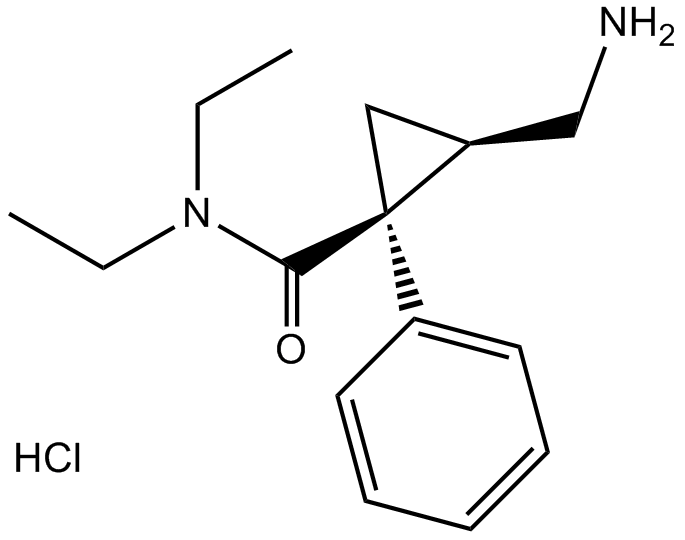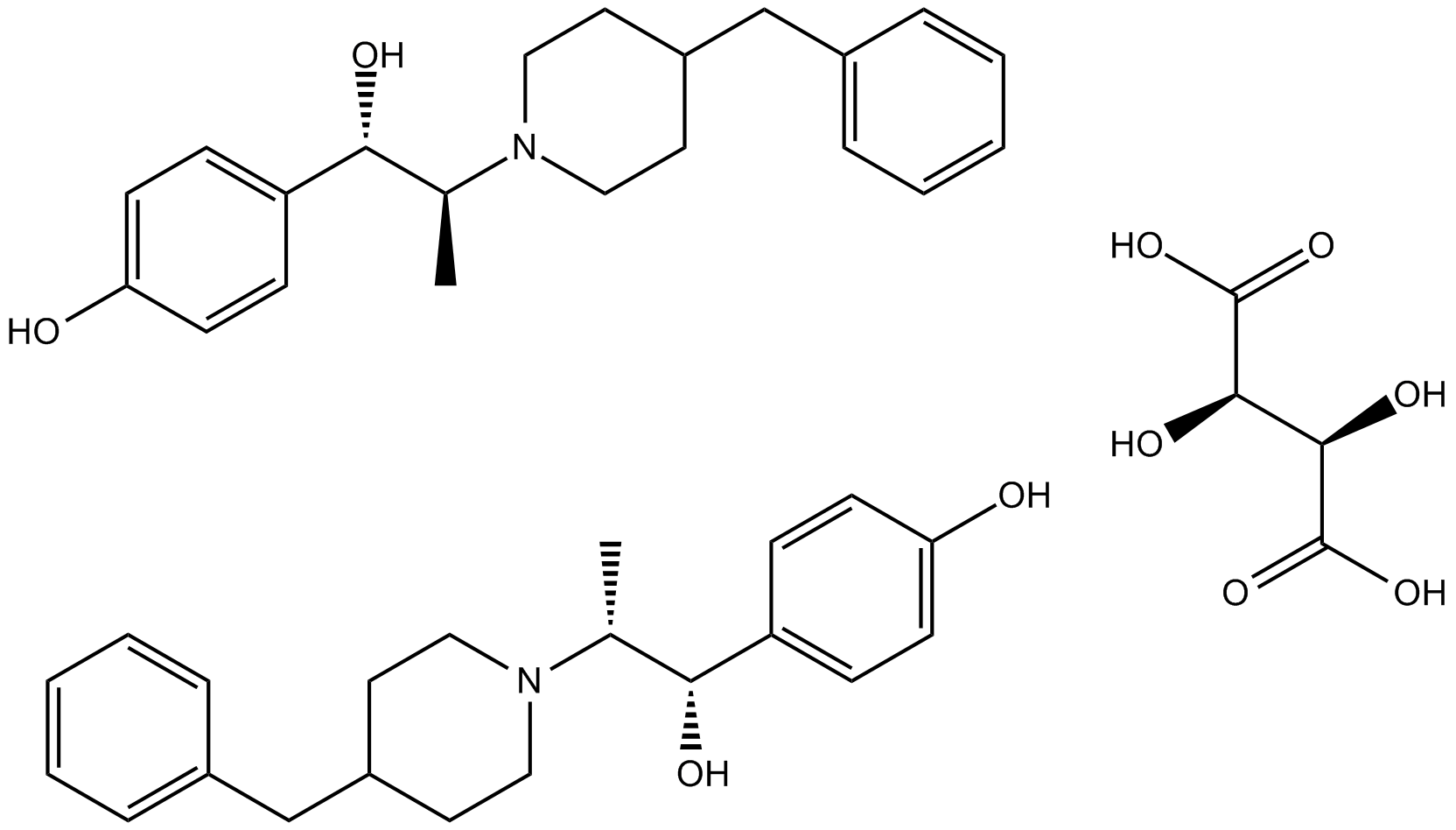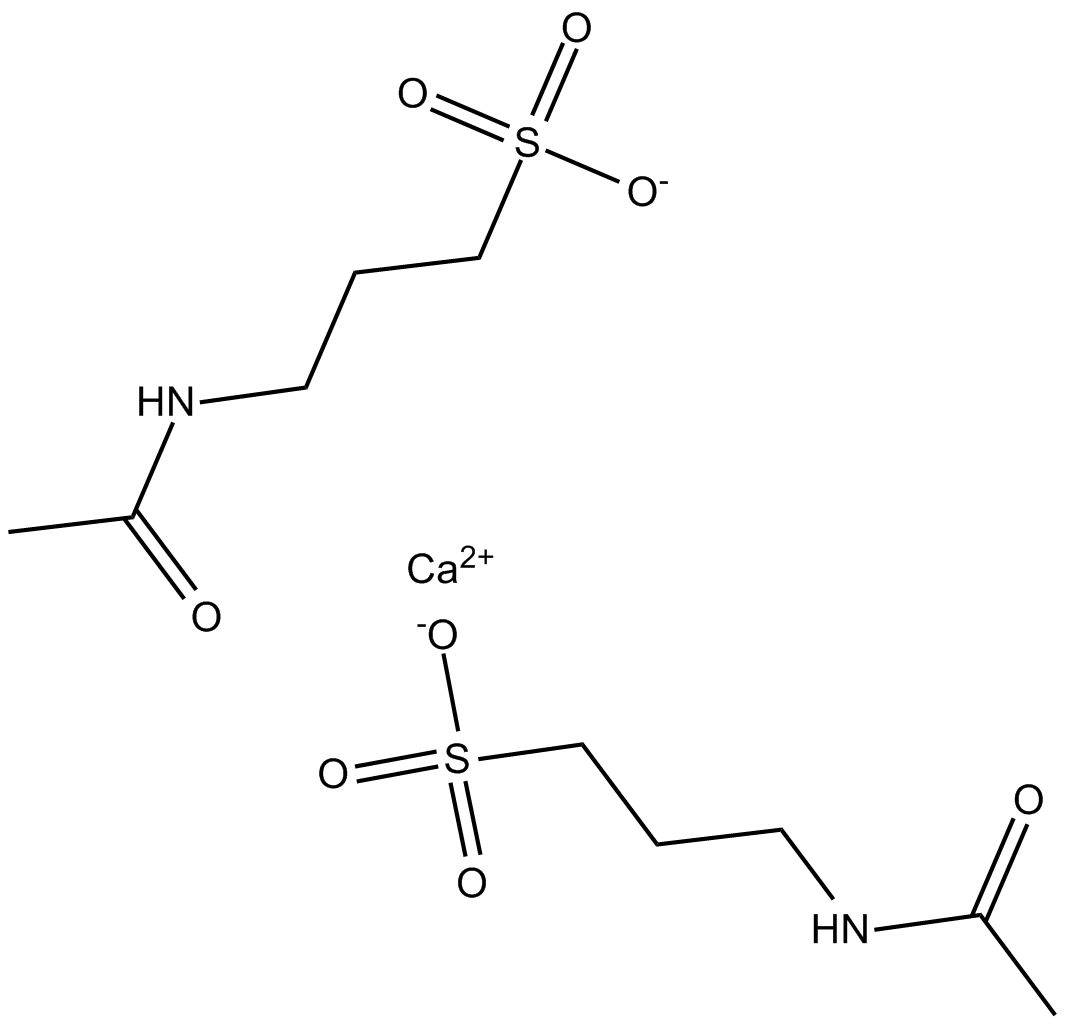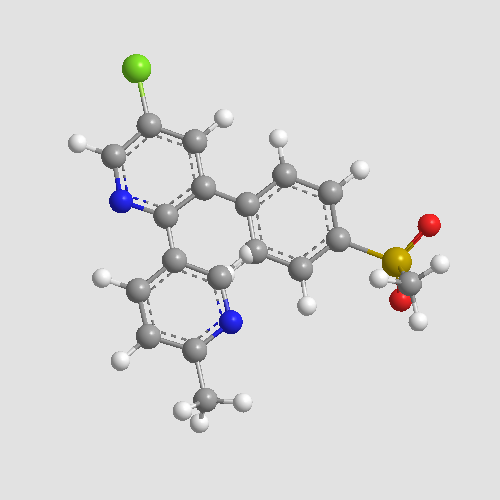Neuroscience

Neurotransmitter receptors function via various G-protein coupled and G-protein independent mechanisms that activate downstream intracellular signaling pathways such as cAMP/PKA, PI3K/AKT, phospholipase A2, and phospholipase C pathways. For instance, dopamine receptors act through adenylate cyclase to activate PKA and other signaling molecules, thereby mediate gene expression through the actions of CREB and other transcription factors. Other neurotransmitters such as NMDAR or AMPAR are associated with ion channels that control flux of Ca2+ and Na+, thus propagating the action potential across the post-synaptic neuron.
Dysfunctions in GABAergic/glutamatergic/serotonergic/dopaminergic pathways result in a broad range of neurological disorders such as chronic pain, neurodegenerative diseases, and insomnia, as well as mental disorders including schizophrenia, bipolar disorder, depression, and addiction.
-
 B2145 Fosaprepitant dimeglumine saltTarget: Neurokinin receptorSummary: Neurokinin-1 antagonist
B2145 Fosaprepitant dimeglumine saltTarget: Neurokinin receptorSummary: Neurokinin-1 antagonist -
 B2165 GW791343 HClSummary: P2X7 allosteric modulator
B2165 GW791343 HClSummary: P2X7 allosteric modulator -
 B2112 Milnacipran HClSummary: Orally active 5-HT and noradrenalin re-uptake inhibitor
B2112 Milnacipran HClSummary: Orally active 5-HT and noradrenalin re-uptake inhibitor -
 B1623 Ifenprodil TartrateSummary: NMDA receptor antagonist
B1623 Ifenprodil TartrateSummary: NMDA receptor antagonist -
 A2700 10Panx1 CitationTarget: Gap JunctionsSummary: Panx-1 mimetic inhibitor
A2700 10Panx1 CitationTarget: Gap JunctionsSummary: Panx-1 mimetic inhibitor -
 A3138 A-867744Summary: Allosteric Modulator
A3138 A-867744Summary: Allosteric Modulator -
 A3142 Acamprosate calciumSummary: GABA receptor agonist and modulator of glutamatergic systems
A3142 Acamprosate calciumSummary: GABA receptor agonist and modulator of glutamatergic systems -
 A3405 EtoricoxibSummary: Specific COX-2 inhibitor
A3405 EtoricoxibSummary: Specific COX-2 inhibitor -
 A3615 MK-3207Summary: CGRP receptor antagonist
A3615 MK-3207Summary: CGRP receptor antagonist -
 A3733 Pramipexole dihydrochloride1 CitationSummary: Dopamine receptor agonist
A3733 Pramipexole dihydrochloride1 CitationSummary: Dopamine receptor agonist

